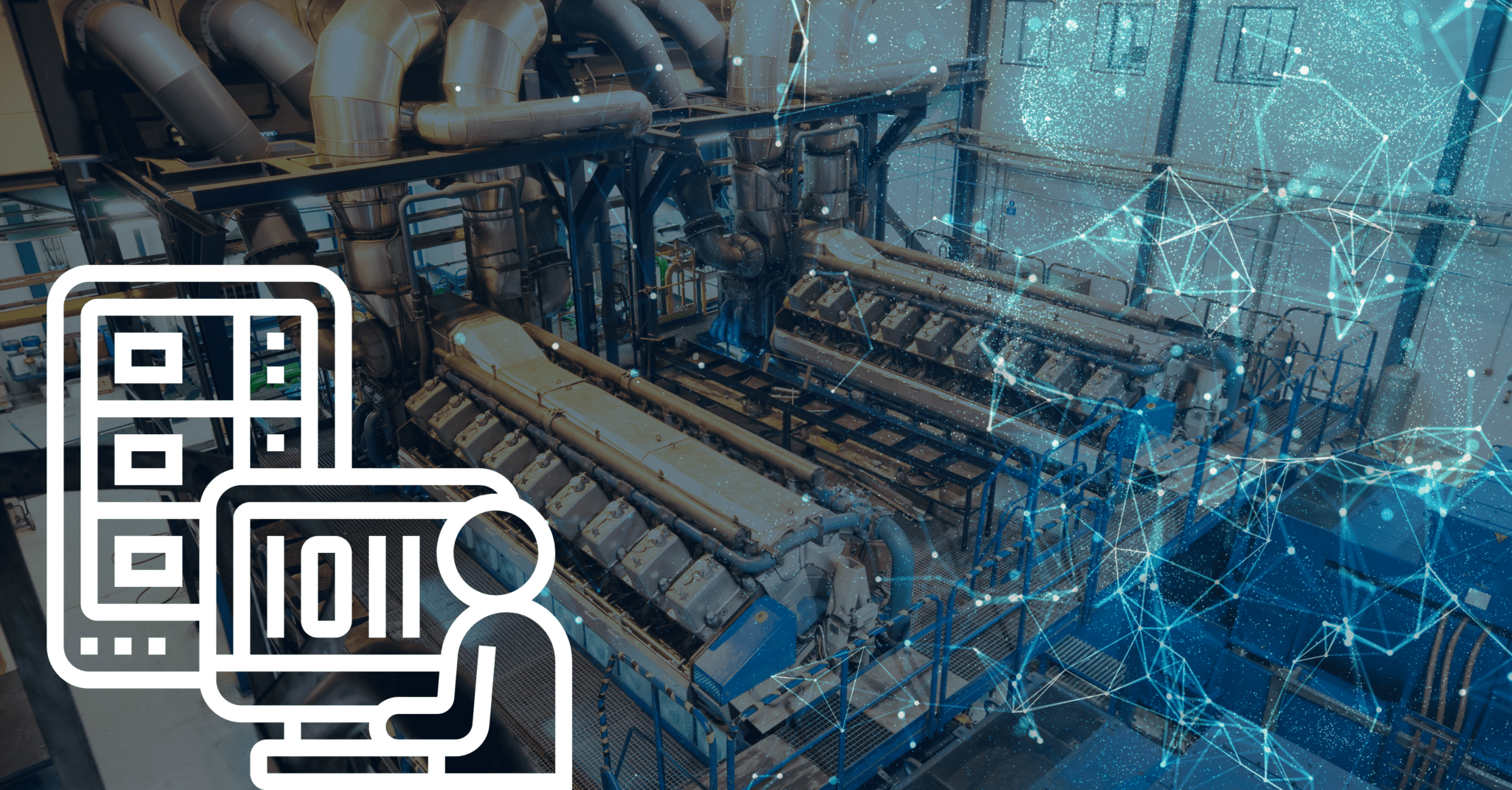With over twenty years of experience in the industry, HanAra is no stranger to building and upgrading data historians. We have replaced a variety of data management platforms with our easy and simplified process. How do we do this? By following our tried-and-true implementation method.
Partnering for Success
Are you considering updating your system to a more future-proof and intuitive historian? Replacing a data historian can be a straightforward and uncomplicated process with proper planning. However, selecting a proven provider to be your data historian replacement partner is essential. Whether you partner with the solution provider or a system integrator, your partner should support you from beginning to end.
When partnering with professionals to ensure your transition between systems is as smooth and hassle-free as possible, consider the following questions:
- What information will you need to provide during the sales process, commissioning, and post-implementation?
- How will your partner help simplify this collection of information?
- What type of ongoing support will you and your members have access to after a successful data historian implementation?
At HanAra, our historian experts ensure that implementation is as quick and easy, so you can begin to make data-informed decisions using our solution. Whether replacing legacy platforms or building a new system, your technology provider will be crucial to your success.
Identifying the Scope
Another critical step to a data historian replacement is identifying the project’s scope. Replacing a data historian can be a significant task (although not necessarily complex) but is greatly improved when you systematically plan for your current and future needs. You must first ensure a fit between your operational environment and the new centralized historian during this stage. Consider the following items when determining the overall scope both now and in the future:
- Total number of tags/signals: both digital and analog tags as well as calculated tags
- Server architecture: local, headquarters, testing, web, and backup servers
- Communication protocol: drivers and interfaces required (To simplify the implementation process, historian providers offer a wide range of pre-built interfaces to fit your environment and infrastructure. Our list is here.)
- Existing dashboards and reports: process graphics, KPI screens, and Excel reports
- Existing hardware and data: required hardware and storage as well as data conversion
With this information, your solution provider can help prepare a seamless conversion from the previous system to the new platform.
Using Historian Implementation Best Practices
The value of a data historian comes from transforming real-time sensor data into actionable intelligence. An organization must effectively receive real-time equipment data to provide needed analysis and insight. Here are a few best practices to keep in mind for your implementation:
Trust the process. Understand what the implementation process looks like from the get-go so there are no surprises. With a solid implementation schedule in mind, you can then rely on your software provider to keep you on track. Whether it is a single-site installation or a fleet-wide upgrade, the process will follow similar steps: analyzing the system, building the database and importing data, installing software servers and clients, and training users.
Stay ahead of the curve. Start becoming familiar with your new software as soon as you can. The more comfortable you are with how the historian works, the better you’ll be able to adjust and improve the system. The historian replacement period is an excellent opportunity to eliminate inefficiencies in how you’ve implemented your data management system in the past. Just because you did it one way in your legacy data historian doesn’t mean you have to do the same in your new data historian.
Involve members frequently. Include all users throughout the process, starting with the design phase. Active involvement will help with solution engagement and provide you with needed perspectives on what will be required for your replacement data historian to improve operations.
Evaluate the costs and benefits. When analyzing an intelligent plant plan, consider the costs and benefits to identify a sustainable and meaningful path forward. Costs include the solution price, hardware, and continuing resource costs (e.g., training, maintenance, personnel). The benefits can be diverse and dispersed, including improved plant productivity, worker efficiency, and data storage capacity.
Look for digitalization opportunities. Identify critical areas of improvement after reviewing and surveying current methods and practices. Examples include transitioning data and reports into one screen for improved decision-making. Another example is how your new data historian can provide the right data to third-party applications through APIs, ODBC, OPC, and other connectors.
Next Steps
Ready to leave your outdated and slow data historian system as a memory of 2022? HanAra has the solution! With over 20 years of experience, we have replaced a variety of data management platforms with our easy and simplified process. As a data historian, HanPrism provides the necessary data visualizations to understand your past and current running operation. In addition, as a centralized data management solution, all users have access to equipment data when they need it and where they need it instantly.
Reach out to our data historian professionals today to ensure a smooth transition so that you can make data-informed decisions from the start! And for more news from HanAra, follow us on LinkedIn.

